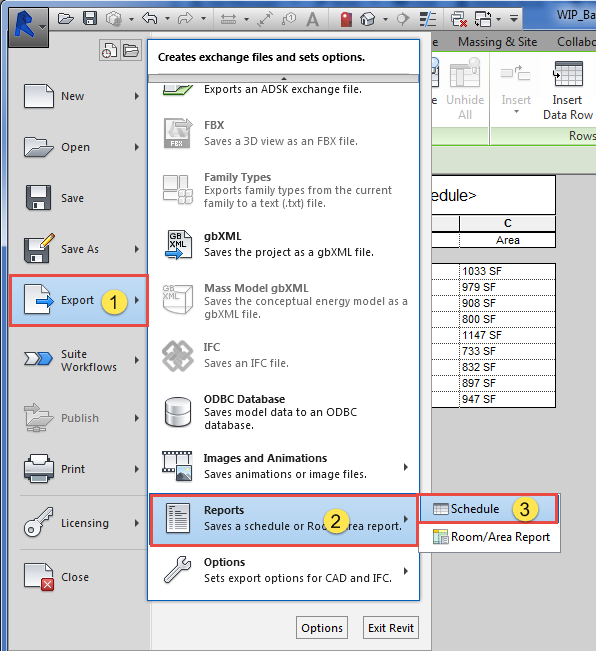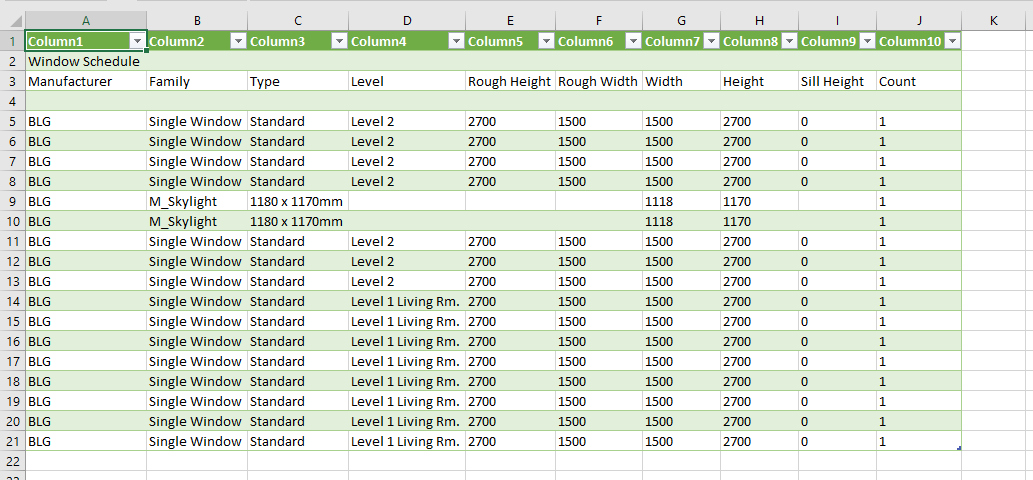Grasping the Art of Information Integration: How to Seamlessly Import Excel Info Into Revit
In this write-up, we will assist you through the process of grasping the art of information integration. Obtain prepared to prepare your Excel data easily and follow our detailed guide to import documents into Revit. With our finest techniques, you'll achieve data combination success in no time.
Understanding the Value of Data Integration in Revit
Recognizing the value of data assimilation in Revit is crucial for smooth importing of Excel documents. When you incorporate data from Excel into Revit, it permits you to effectively update and take care of information throughout the whole project. This integration makes certain that your style and building and construction procedure is precise and updated.
By incorporating information, you can easily import and upgrade specifications, routines, and even geometry in Revit. This removes the need for hand-operated data access, saving you time and lowering the danger of errors. With Revit's information combination capacities, you can preserve uniformity and accuracy in your task, while also boosting partnership amongst staff member.

Exploring the Excel Documents Layout for Revit Assimilation

In order to efficiently incorporate Excel data right into Revit, it is vital to ensure that the information is formatted appropriately. This includes properly labeling columns and rows, in addition to structuring the information in a manner that is suitable with Revit's data schema. Revit makes use of details criteria and groups to arrange information, so it is essential to align the Excel data with these specifications to ensure a seamless integration.
In addition, it is vital to keep in mind that Revit only supports certain information types when importing from Excel. These consist of message, numbers, and dates. Any type of other information kinds, such as formulas or conditional formatting, will certainly not be identified by Revit and may trigger issues during the integration process.
Preparing Your Excel Information for Seamless Import Into Revit
To make certain a smooth assimilation procedure, you'll need to properly style and label the columns and rows in your Excel information prior to importing it right into Revit. This action is important due to the fact that it permits Revit to accurately analyze and organize your information. Beginning by analyzing your Excel data and recognizing which rows and columns consist of appropriate information for your Revit task. Then, make certain to classify each column with a clear and descriptive header. This will aid you and others conveniently understand the purpose of each column and stay clear of confusion throughout the import process.
Following, guarantee that the data in each column is effectively formatted. As an example, if you have a column for measurements, ensure check my blog that all dimensions are constantly formatted in the exact same systems of dimension. Revit counts on regular format to properly analyze and import data.
In addition, it is necessary to inspect for any vacant cells or inconsistencies in your data. Revit might not be able to check out or import information from cells that are vacant or consist of errors. As a result, it is suggested to evaluate your Excel information and clean up any inconsistencies before importing it right into Revit.
Step-By-Step Overview to Importing Excel Data Into Revit
Once you've properly formatted and identified your Excel information, you can conveniently import it into Revit by following this step-by-step guide. To begin, open Revit and navigate to the "Insert" tab. revit tools.
Next, a dialog box will certainly show up, enabling you to customize the import setups. Here, you can choose the worksheet you want to import, define the series of cells to import, and select the proper units for your data. When you've made your options, click "OK" to continue.
Revit will currently present a sneak peek of your Excel information. Take a moment to review the preview and make certain that everything looks proper. If required, you can make modifications to the import setups by clicking on the "Setups" switch.
Best Practices for Information Integration Success in Revit
Make certain you follow these best practices to guarantee effective combination of data in Revit. Primarily, it is vital to organize your data in Excel before importing it into Revit. This implies ensuring consistent naming conventions, correct format, and precise information depiction. Next, use Revit's integrated devices for data mapping. This will enable you to match the columns in your Excel documents with the corresponding specifications in Revit. Be mindful of the systems and data kinds when mapping the data, as any kind of disparities can lead to errors in the integration process.
An additional vital technique is to regularly verify and upgrade your information. As your project progresses, it is necessary to keep your Excel data as much as date with any kind of changes made in Revit. This will certainly aid keep the precision and uniformity of your data throughout both platforms. In addition, use information validation devices within Revit to recognize any kind of mistakes or inconsistencies in the incorporated information.
Lastly, it is suggested to establish a clear workflow for information assimilation. This consists of specifying duties check out this site and functions, establishing an interaction channel in between group members, and establishing a regular cadence for data updates and reviews. By complying with these best techniques, you can make sure a successful and seamless assimilation of data in Revit, ultimately enhancing the effectiveness and precision of your task.
Conclusion
In conclusion, grasping the art of data integration is vital for smooth import of Excel files right into Revit. Recognizing the importance of information combination in Revit is the initial action in the direction of directory effective integration. Discovering the Excel documents style for Revit integration helps in comprehending the limitations and requirements. Preparing the Excel information correctly and adhering to a detailed overview is vital for a smooth import process. By following finest methods, you can make certain data integration success in Revit and make the most out of your job.
When importing information from Excel into Revit, it is vital to recognize the file format and exactly how it can impact the combination procedure (revit plugins). Revit makes use of specific criteria and categories to organize data, so it is crucial to line up the Excel information with these parameters to make certain a seamless integration
Be mindful of the devices and data types when mapping the data, as any disparities can lead to errors in the integration procedure.
Additionally, make use of information recognition devices within Revit to identify any kind of errors or variances in the integrated information.
